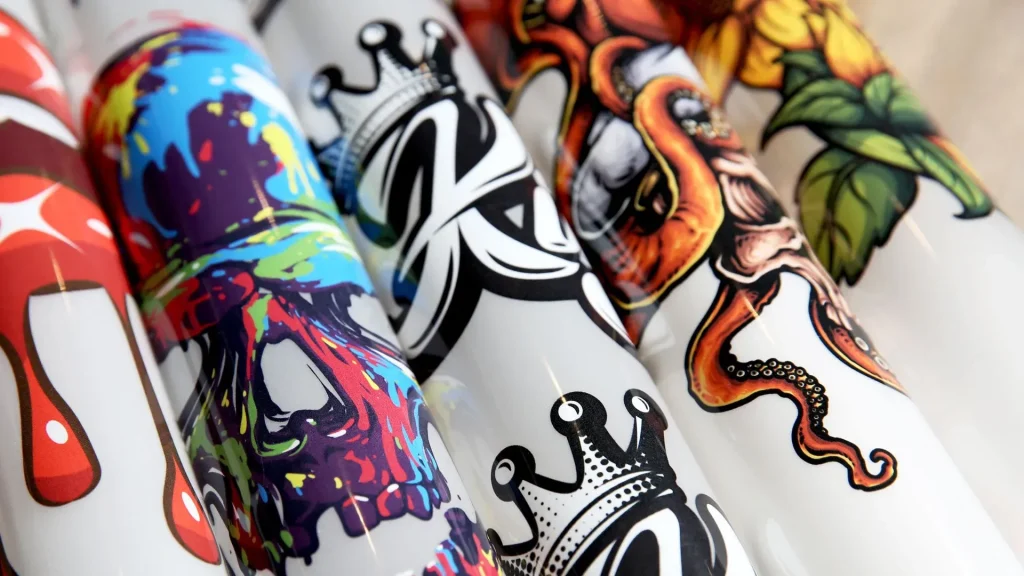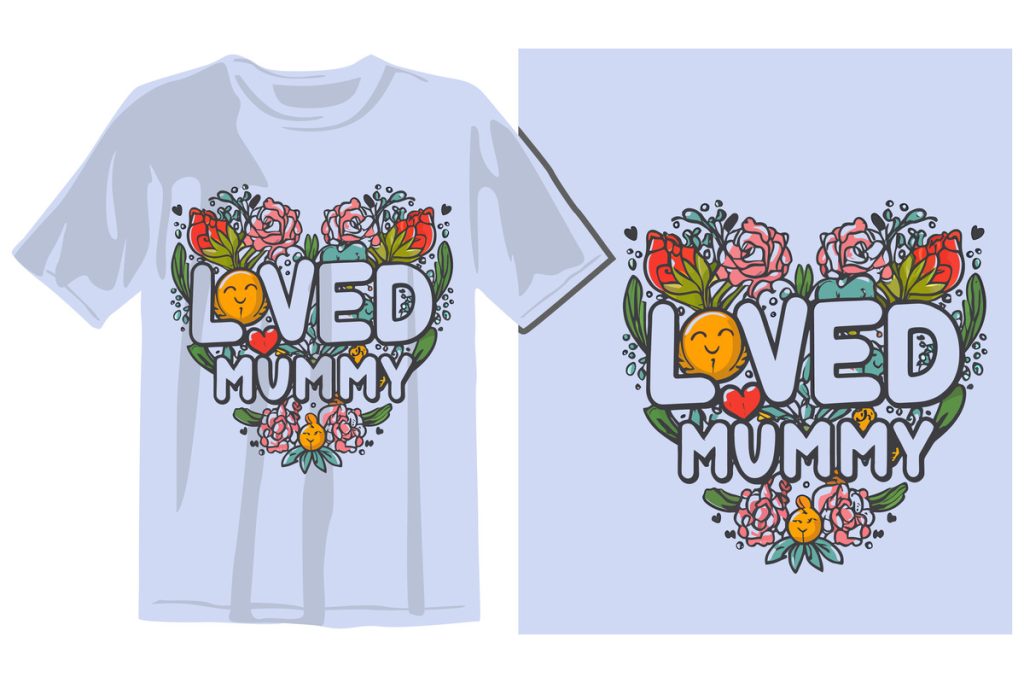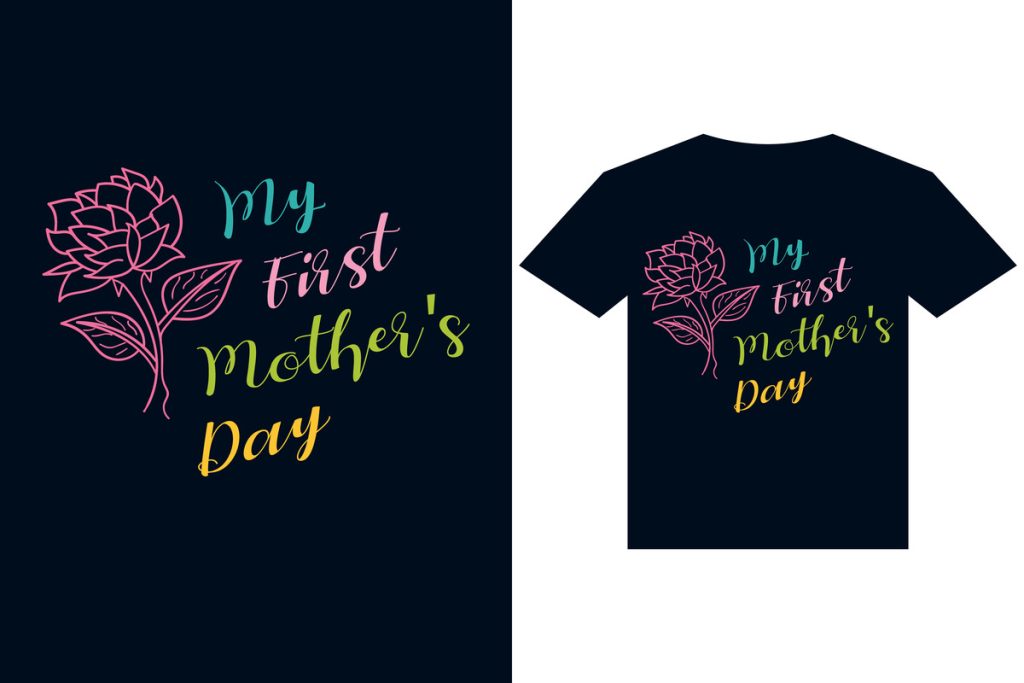DTF transfers, or Direct-to-Film transfers, are revolutionizing the custom printing industry, offering unprecedented opportunities for vibrancy and creativity in design. As the world shifts towards innovative printing technology, DTF printing stands out for its ability to produce high-quality, intricate images on a variety of fabrics with remarkable efficiency. By marrying cost-effectiveness with exceptional output quality, DTF transfers are perfect for businesses looking to make their mark in the custom apparel market. With a focus on sustainable printing practices, this technology not only meets the modern consumer’s demand for eco-friendly solutions but also enhances the overall printing process. Discover how DTF printing advantages can elevate your brand beyond traditional limits and into the future of custom printing.
Also known as direct-to-film printing, DTF transfers represent an exciting leap in the world of custom printing techniques. This innovative approach allows for detailed and vibrant designs that can be applied to various materials, catering to diverse consumer needs. By utilizing advanced printing technology, businesses can minimize production costs while maximizing output quality, thus attracting a broader audience. Moreover, this method aligns with sustainable printing trends, making it an appealing choice for environmentally-conscious brands. As we dive deeper into the realm of DTF printing, its potential to reshape the market landscape becomes increasingly evident.
The Rise of DTF Transfers in Custom Printing
Direct-to-Film (DTF) transfers are quickly becoming a preferred method in the world of custom printing, revolutionizing how designs are applied to fabrics. This innovative printing technology allows for intricate and vibrant designs to be produced at a fraction of the cost and time associated with traditional printing methods. Entrepreneurs and businesses alike are recognizing the potential of DTF transfers to cater to market demands for unique, personalized apparel. As we move toward 2025, the growth of DTF printing indicates a shift in consumer expectations, where speed and customization are paramount.
Moreover, the accessibility of DTF transfers opens doors for small businesses and independent creators. By utilizing DTF printing, these entrepreneurs can produce high-quality apparel without the need for massive overhead costs or extensive inventory. This empowerment leads to increased competition in the custom printing sector, stimulating innovation and diversity in product offerings, ultimately benefiting consumers who seek personalized goods.
Technological Advancements in DTF Printing
The technological advancements in DTF printing are significant and have contributed to its rising popularity. With improvements in adhesion quality and durability, the prints produced through DTF transfers are not only vibrant but are also designed to withstand the rigors of everyday wear. Unlike traditional methods such as screen printing, which can fade or crack over time, DTF transfers maintain their integrity, ensuring customer satisfaction and reducing returns. This reliance on cutting-edge technology is what sets DTF apart in an increasingly competitive market.
Additionally, the use of advanced inks in DTF printing enhances the vibrancy and longevity of prints. These specialized inks allow for more detailed designs, captivating consumers who desire standout apparel that reflects their personality. As these technologies continue to evolve, businesses that adopt DTF printing can stay ahead of trends and meet consumer demands more effectively than competitors who rely on outdated methods.
Cost-Effectiveness of DTF Printing
One of the standout features of DTF printing is its cost-effectiveness, making it an attractive option for businesses of all sizes. The ability to print on demand reduces the need for hefty initial investments or surplus inventory, which can be a burden for startups and small businesses. With DTF transfers, entrepreneurs can execute small batch runs, allowing them to test designs and preferences without the financial risk usually associated with larger printing methods.
Additionally, DTF printing eliminates costly setup fees typically associated with traditional methods like screen printing. This affordability promotes creativity and experimentation, enabling printing businesses to explore unique designs that resonate with their audience. As more companies recognize the advantages of DTF, they can pivot to meet changing market dynamics, producing customized goods with efficiency and effectiveness.
Sustainability in DTF Printing
As sustainability becomes a central theme in consumer choices, DTF printing is responding positively with eco-friendly practices. Manufacturers are increasingly producing water-based inks that minimize hazardous waste, aligning with the principles of sustainable printing. This transition not only mitigates the environmental impact of printing processes but also attracts environmentally conscious consumers, thus enhancing brand reputation and loyalty.
Furthermore, the sustainability of DTF transfers ties into a larger movement in the printing industry towards innovative and responsible practices. By choosing DTF printing, companies can demonstrate their commitment to environmental stewardship while still providing high-quality, customized products. This approach helps brands build deeper connections with their customers, who are increasingly favoring companies that prioritize sustainability in their operations.
Market Growth Projections for DTF Transfers
Projections for the custom printing market reveal that DTF transfers will secure a significant share due to escalating consumer demand for personalized items. Analysts forecast substantial growth within the market as more businesses leverage DTF technology, which allows for rapid production cycles in response to trends. A key advantage for DTF printing is its adaptability to changing market needs, making it a strategic choice for entrepreneurs looking to capitalize on the customization trend.
Moreover, the continual advancements in DTF technology promise greater efficiency and quality, encouraging more players to enter the custom printing field. Businesses that invest in DTF printing not only position themselves to meet current consumer demands but are also preparing for the future of personalized apparel. This forward-thinking approach makes DTF transfers a pivotal aspect of growth strategies in the evolving landscape of custom printing.
Versatility of DTF Printing Across Fabrics
The versatility of DTF printing allows it to adapt to a variety of fabrics, making it an invaluable tool for businesses aiming to diversify their offerings. From cotton to polyester and blends, DTF transfers can seamlessly bond with various materials, providing endless possibilities for creative designs. This flexibility empowers brands to explore different product ranges and cater to varied consumer preferences, establishing themselves as versatile players in the custom apparel market.
Moreover, the ability to print on diverse fabrics enhances opportunities for customization, encouraging consumers to express their individuality through unique designs. This adaptability is crucial in a market that increasingly values personalization, and businesses using DTF transfers can satisfy this demand with ease. As a result, DTF printing not only facilitates quality output but also contributes to customer satisfaction and brand loyalty.
Frequently Asked Questions
What are DTF transfers and how do they work in custom printing?
DTF transfers, or Direct-to-Film transfers, involve a printing process where vibrant designs are printed directly onto a special film. This film is then transferred onto various fabric types, allowing businesses to create high-quality, custom prints efficiently and cost-effectively.
What are the advantages of using DTF printing over traditional printing methods?
DTF printing offers several advantages, including versatility across different fabric types, high-quality output with detailed designs, faster turnaround times, and lower setup costs compared to traditional printing methods like screen printing.
How does DTF printing contribute to sustainable printing practices?
DTF printing incorporates eco-friendly practices by using water-based inks that minimize harmful chemical emissions associated with traditional printing methods. This shift aligns with consumer demand for sustainable products and compliance with environmental regulations.
Can DTF transfers be used for both small and large print runs?
Yes, DTF transfers are ideal for both small and large print runs. The method’s cost-effectiveness allows businesses to produce custom designs on demand, making it suitable for entrepreneurs and larger companies alike.
What types of fabrics can I use with DTF transfers?
DTF transfers are versatile and can be applied to a wide range of fabrics, including cotton, polyester, and blends. This adaptability allows businesses to diversify their product offerings easily.
How can DTF printing improve customer satisfaction in custom apparel businesses?
DTF printing enhances customer satisfaction by providing durable, vibrant prints that withstand washing better than many traditional methods. This durability leads to fewer returns and happier customers, ultimately boosting brand loyalty.
| Key Feature | Details |
|---|---|
| Rising Popularity | DTF printing is becoming popular among small businesses due to its low setup costs and ability to handle short runs. |
| Cost-Effectiveness | Reduces production costs by allowing for print-on-demand and minimizing excess inventory. |
| Technical Advancements | Improvements in adhesion and ink longevity lead to more durable and vibrant prints. |
| Environmental Considerations | Focus on eco-friendly inks reduces harmful substances, catering to sustainable market trends. |
| Market Growth | Projected growth in custom printing industry with DTF anticipated to gain significant market share. |
Summary
DTF transfers are revolutionizing the way we think about custom printing in the modern era. As businesses look forward to 2025, the adaptability and affordability of DTF printing make it an essential technology for anyone interested in custom apparel. By leveraging the benefits of DTF transfers, companies can meet the demand for high-quality, vibrant designs while maintaining cost-effectiveness and sustainability. In a market that values customization and quick service, DTF transfers stand out as a game-changing tool that not only enhances product offerings but also drives growth and customer satisfaction in the competitive landscape of custom printing.



